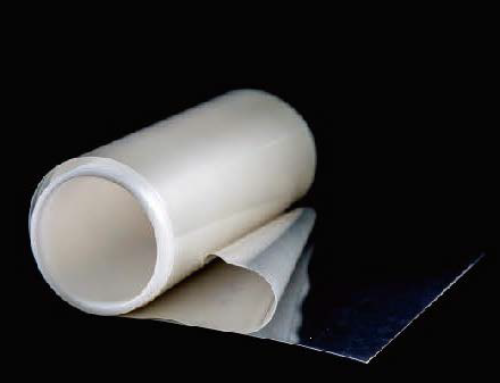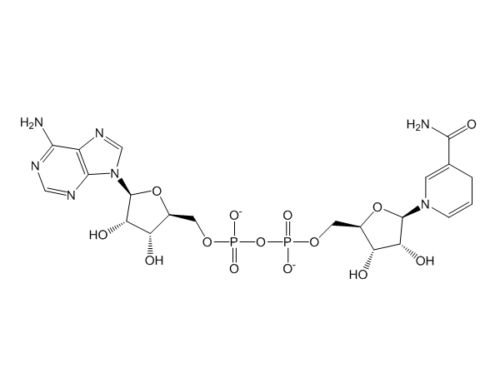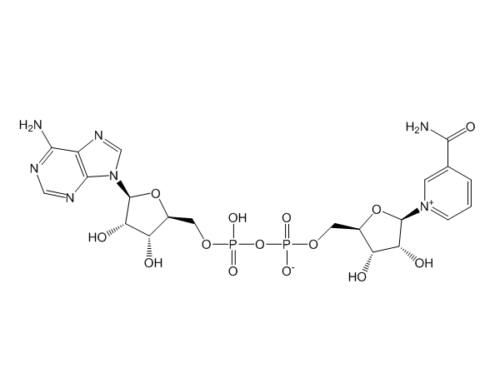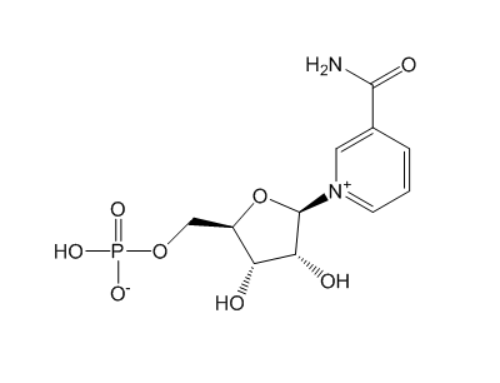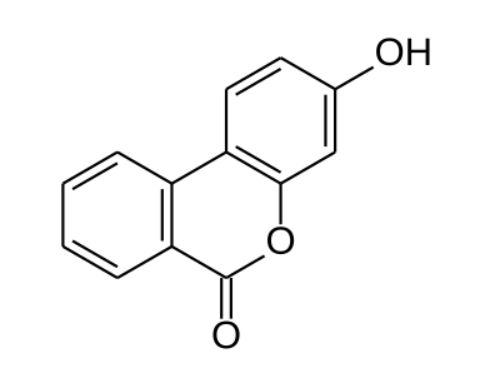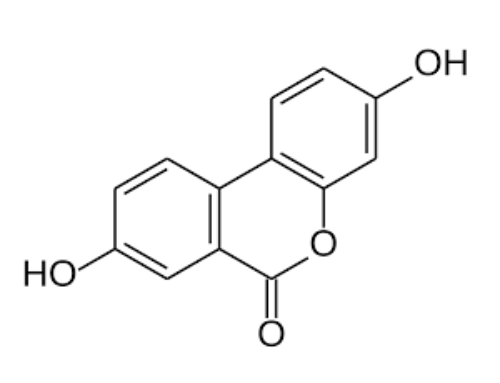Polylactic Acid (PLA)
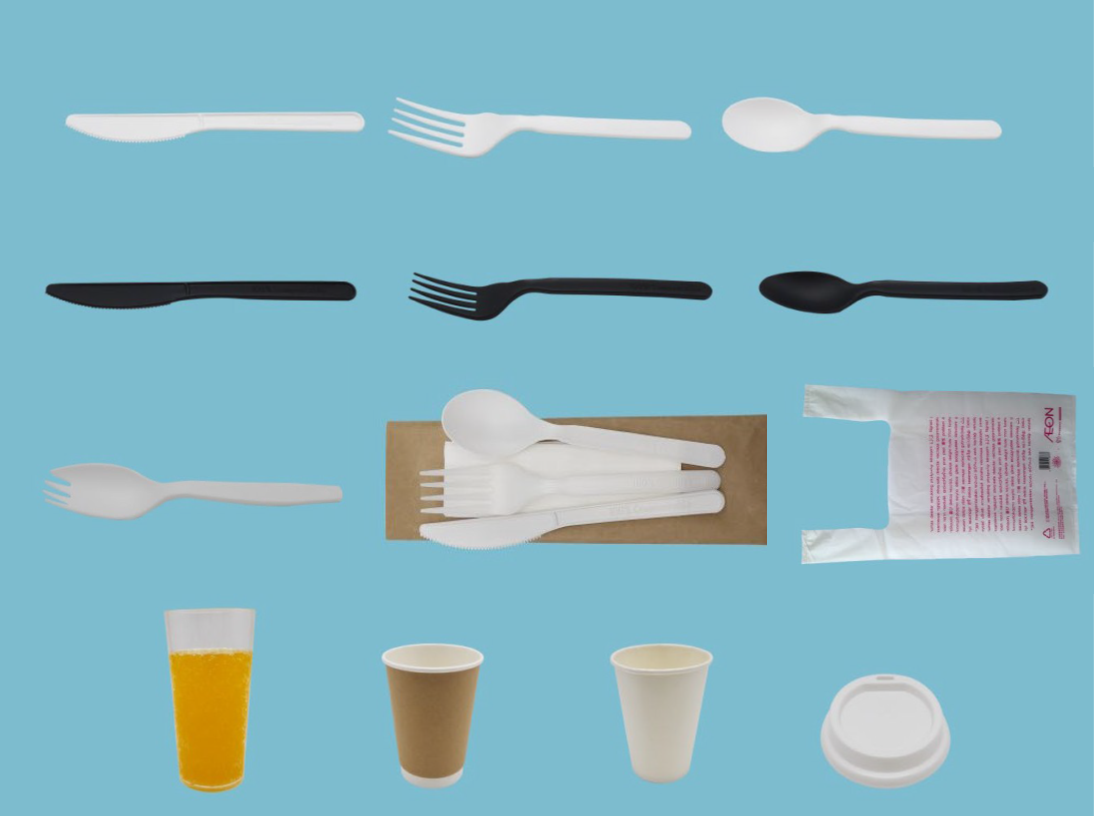
| Product | Polylactic Acid (PLA) |
| Part Number | PLA |
| Chemical Formula | (C3H4O2)n |
| Form | Solid |
| Melting Point | 155-185°C |
| Density | 1.2~1.3 g/cm3 |
| CAS# | 26100-51-6 |
Polylactic acid (PLA) is a new type of bio-based and renewable biodegradable material. It is made of starch material produced from renewable plant resources (such as corn, cassava, etc.). Glucose was obtained from starch by saccharification. High purity lactic acid was then produced by fermentation of glucose and certain bacteria. After that, polylactic acid with certain molecular weight was synthesized by chemical synthesis.
PLA has good biodegradability. It can be completely degraded by microorganisms in nature under specific conditions after use. The degradation of PLA finally generates carbon dioxide and water, without environmental pollution, which is very beneficial to environmental protection. Thus, it is recognized as environmentally friendly materials.
PLA has excellent biodegradability, compatibility and absorption. Polylactic acid is a kind of non-toxic and non-irritating synthetic polymer material. PLA raw materials have a wide range of sources. Its raw material is lactic acid, which mainly comes from the fermentation of starch (such as corn, rice), and can also be obtained from cellulose, kitchen waste or fish body waste. The products made of PLA can be directly composted or incinerated after being used, only generating CO2 and H2O. Thus, they meet the requirements of sustainable development.
PLA is widely used because of its good transparency, toughness, biocompatibility and heat resistance. In addition, PLA is thermoplastic and can be used in many fields. Products made of PLA, such as packaging materials, fibers, etc., are mainly used in disposable products, such as disposable tableware and packaging materials, car doors, foot mats and car seats, clothing, electrical appliances, medical and health (orthopedic internal fixation materials and non dismantling surgical suture, etc.). Compared with the traditional petrochemical products, the energy consumption in the production process of PLA is only 20% ~ 50% of the petrochemical products. The carbon dioxide produced is only 50% of the petrochemical products. Therefore, the development of PLA degradable materials is very necessary to alleviate the global environmental and energy problems.
Characteristics:
-
Biodegradability
Compared with traditional plastics, PLA can be degraded into CO2 and H2O by microorganism and light. Its degradation products are non-toxic and harmless, and will not cause pollution to the environment. The monomer of PLA is lactic acid, which can be obtained from fermentation of wheat, rice, beet and other crops or agricultural by-products. Therefore, the raw materials for PLA production are renewable. Polylactic acid (PLA) is widely used as a new kind of biodegradable material.
-
Biocompatibility and absorbability
Polylactic acid can be hydrolyzed by acid or enzyme to produce lactic acid in human body. As a metabolite of cells, lactate can be further metabolized by enzymes in the body to generate CO2 and H2O. Therefore, PLA is non-toxic and harmless to human body, and has good biocompatibility and bioabsorbability. Polylactic acid has passed the certification of the FDA of the United States, and can be used as a biomaterial implanted into human body.
-
Physical processability
As a thermoplastic polymer material, PLA has good plasticity and physical processing performance, high melting point and crystallinity, good elasticity and flexibility, and excellent thermoformability. Like polypropylene (PP), polystyrene (PS) and polyphenylene oxide resin (PPO), PLA materials can be extruded, stretched, blown and molded.
Typical Applications:
-
Food packaging materials
Compared with polyethylene (PE), polyvinyl chloride (PVC), polypropylene (PP) and other materials, PLA has good biodegradability, excellent antibacterial and mildew resistance.
-
Biomedical field
In the biomedical field, PLA materials can be used as drug delivery materials and tissue engineering scaffolds, bone repair materials, etc. This is the field where PLA and its compounds have been applied earlier. At present, they have been widely used in bone surgery, thoracic surgery, maxillofacial surgery, tumor targeted therapy and other fields.
-
Industry and agriculture
Polylactic acid has good plasticity, heat resistance and physical processing performance. It can be processed into agricultural mulch film to make up for the fragile and non degradable defects of traditional mulch film. It can also be processed into accessory engineering materials, construction ropes, slow-release materials of pesticide and fertilizer in the automobile industry.
Product List

| Product Name | Metrial | Size | Weight | Pack | Carton Size | G.W. |
|---|---|---|---|---|---|---|
| 6″ Knife | PLA | 157 mm | 3.5 g | 1000 | 33 x 17 x 19 cm | 4 kg |
| 6″ Fork | PLA | 150 mm | 3.5 g | 1000 | 36 x 16 x 19 cm | 4 kg |
| 6″ Spoon | PLA | 145 mm | 3.5 g | 1000 | 37 x 15 x 23 cm | 4 kg |
| 6.5″ Knife | PLA | 169 mm | 4.3 g | 1000 | 33 x 18.5 x 16 cm | 4.8 kg |
| 6.5″ Fork | PLA | 169 mm | 4.4 g | 1000 | 33 x 17.5 x 20.5 cm | 4.9 kg |
| 6.5″ Spoon | PLA | 167 mm | 5.5 g | 1000 | 33 x 16.5 x 23.5 cm | 6 kg |
| 7″ Knife | PLA | 180 mm | 4.5 g | 1000 | 33 x 18.5 x 16 cm | 5 kg |
| 7″ Fork | PLA | 170 mm | 4.5 g | 1000 | 33 x 17.5 x 20.5 cm | 5 kg |
| 7″ Spoon | PLA | 160 mm | 4.5 g | 1000 | 33 x 16.5 x 23.5 cm | 5 kg |
| Spork | PLA | 137 mm | 4 g | 1000 | 37 x 16 x 19 cm | 9.5 kg |
| Coffee Spoon | PLA | 125 mm | 3 g | 2000 | 28 x 26.5 x 23 cm | 6.5 kg |
| 6″ CPLA Cutlery Kit | PLA | 200 mm | 12 g | 500 | 43 x 30 x 32 cm | 6.5 kg |
| 6.5″ CPLA Cutlery Kit | PLA | 210 mm | 14 g | 500 | 50 x 33 x 34 cm | 7.5 kg |
| 7″ CPLA Cutlery Kit | PLA | 220 mm | 15 g | 500 | 55 x 36 x 35 cm | 8 kg |
| Clear Cold Drink Cup | PLA | 250 ml | 70 mm | 300 | 37.5 x 30 x 56 cm | 18.5 kg |
| Hot Drink Cup | PLA+Paper | 8/12/16 oz | 78/90 mm | 300 | / | / |
| Coffee Lid | PLA | / | customized | 1000 | / | / |
| Bag | PLA | customized | / | 1000 | / | / |
Q & A
It is a biopolymer made from polylactic acid (PLA) that can be derived from starchy plants like corn, potatoes and sugarcane. This material is BPA free and FDA approved for food safety. A number of certifications about compostability and safety can be provided.
PLA is made from plant that is annually renewable resources. PLA products can be fully composted by commercial composting facilities. However, they also can be disposed by other traditional waste management methods such as landfill.
We recommend disposing of PLA products in an industrial compost facility where they will be turned into compost and the turned to the soil. It is not recommended for use in typical backyard composting due to the lack of high tempera- ture and consistent moisture conditions.
Our compostable items meet the ASTM standards for compostability. They are certified to meet these standards by the Biodegradable Products Institute (BPI) which uses scientifically based standards to determine if a product is compostable in a commercial facility. Products cannot contain the BPI logo unless they have been officially certified. So look for the words “BPI Certified” and you can be confident that your product will break down in a commercial facility.
Yes. Our CPLA products are designed with heavy duty and high heat tolerance. For instance, our cutlery allows cutting tough foods like meat or scooping ice cream.



